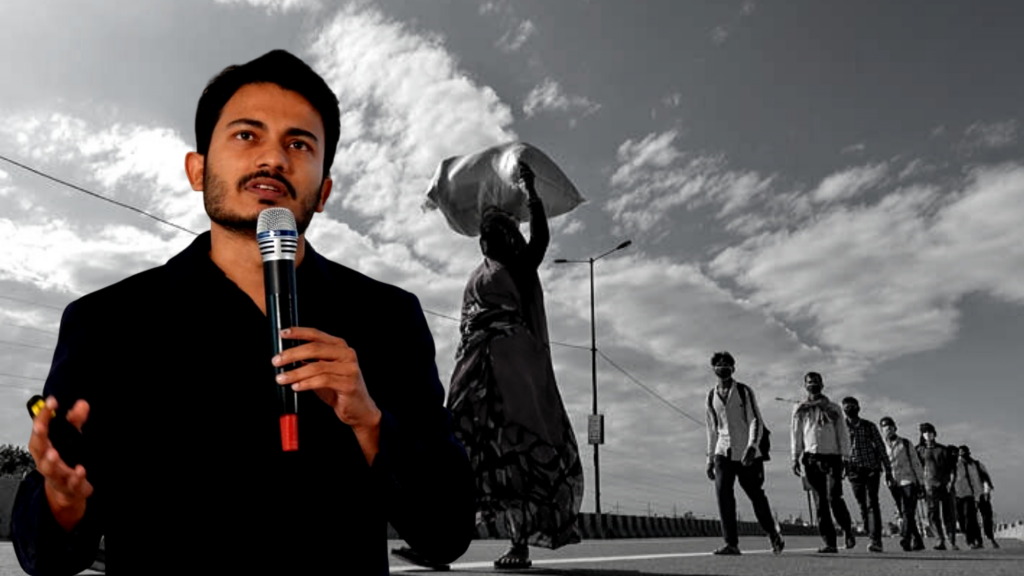As this essay goes live it will be a little over a year that I have been working from home – classes, webinars, meetings, examinations and everything else in the virtual mode. When my college closed down as the Pandemic began to rage in mid-March 2020 I did not realize that things would get become so very different. I think I should use the word bizarre to describe the state of affairs when the lockdown set in and we became stuck in at home, learning to deal with life in difficult, complicated times. Little did I realise that things would go on in this way for such a long time and that the word pandemic would become so much a part of our everyday existence.
Some months into it I began working on collating essays on Pandemics/Epidemics and Literature that I was guest editing for an online magazine thus working my way with literature on the subject. Some known texts, many more little known and unknown that dealt with pandemics and epidemics came my way. As I worked at editing the issue and doing my bit of research I came across The Age of Pandemics by Chinmay Tumbe, a book that the author began writing as the country went into a lockdown. The book examines the way pandemics and epidemics shaped and changed life in India between 1817 and 1920. Working with literature and history along with his training in economics, Tumbe’s book speaks of the need to consider the many pandemics and epidemics that disrupted lives in India during that period as important markers of India’s social and economic history.
Between 1817 and 1920, over 70 million people in the world died from pandemics, a figure far greater than the number of people killed by wars. These pandemics were principally of three diseases —cholera, the plague and influenza—and India was at the epicentre of this mortality crisis, where over 40 million people perished.
Tumbe points the difference between an epidemic and a pandemic referring to the etymology of a word that has since 2020 become a part of our everyday vocabulary with so many other words that have associations with what COVID_19 has done to our lives. And they have, over the centuries, in various parts of the world, not only been just figures and number –
. . . pandemics left their marks not necessarily in statistical registries, but in literature, art and culture, on tombstones and even inside the occasional tomb.
Though Tumbe’s work concentrates on the period between 1817 and 1920, he does refer to the ones that happened before 1817 to foreground his work – the Justinian Plague in the 6th century, the Black Death and many others. Tumbe speaks of the way explorations of new lands, new routes and modes of travel also meant the movement and spread of pandemics and epidemics across the world. Living in the age of COVID_19 we did get to see first-hand how ease of travel and communication causes quicker spread and more so in the era when we are living when almost every bit of land everywhere in the world is connected.
As I negotiated my way through essays on how pandemics and epidemics figure in literature, how they are represented in literary texts, reading, re-reading, editing and trying to understand so much about the way human beings react to crisis, I could not help but notice a pattern, a similarity in the way humans have reacted to the pandemics that took place at different points of time. A similarity in the human response, in the way panic and anxiety seem to have a hold on lives, in the way governments react, in the way isolation, the wearing of masks and quarantine become so very important parts of our lives, of the loss of jobs and incomes, migration of people who lost homes and livelihoods, difficulties in dealing with the situation, mental health issues, abuse and domestic violence, of the wait for some cure, for the vaccine that would ease things out, of the desire to go back to a time when things would be ‘normal’ once again..
Though Tumbe’s book focuses on India, the similarities with how things have been all over the world, of how things have been dealt with all over the world are striking.
Together, the pandemics claimed over 70 million lives (40 million in India) between 1817 and 1920, which is about the same as the battle casualties of the two world wars of the twentieth century.
We speak about the wars and the casualties of it but then disease and deaths caused by disease are something that we are not comfortable with. At a time when figures and statistics, data about disease and death became so much a part of our conversations, of our posts on social media and elsewhere, the resonances with earlier instances is clear.
*









Add comment